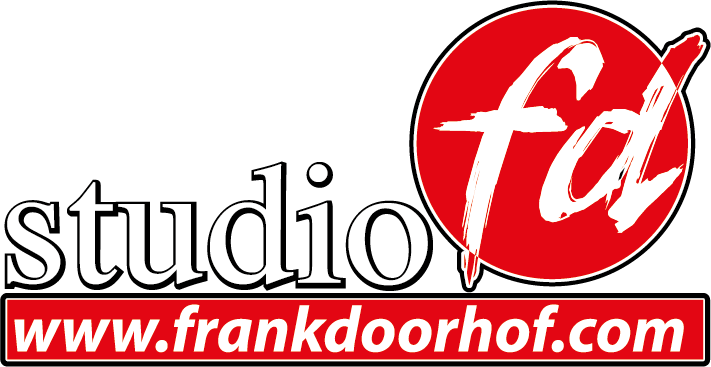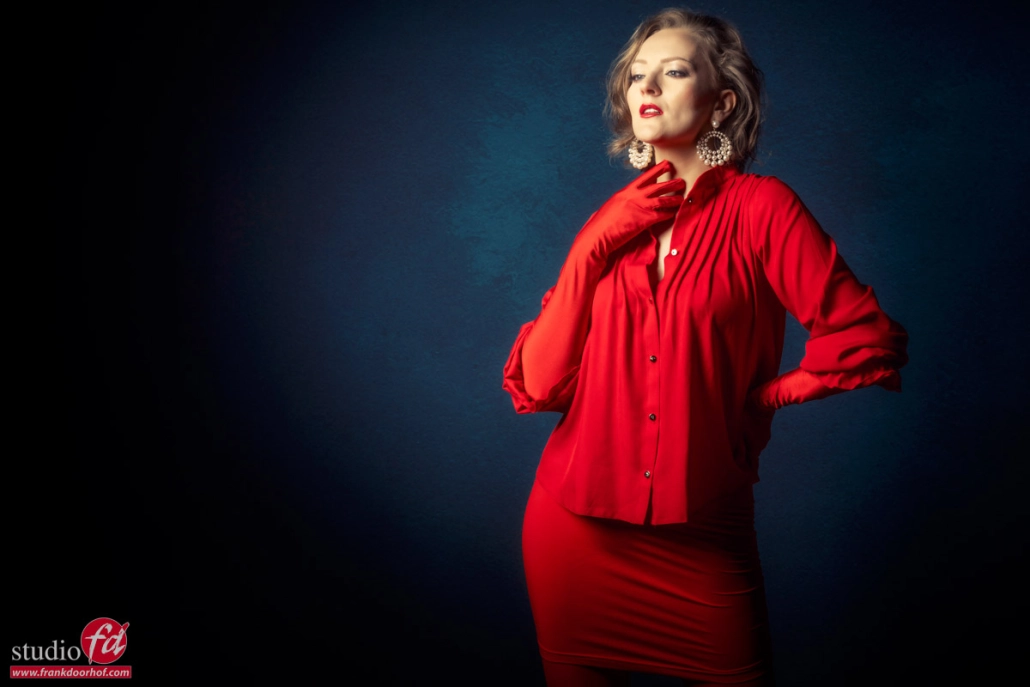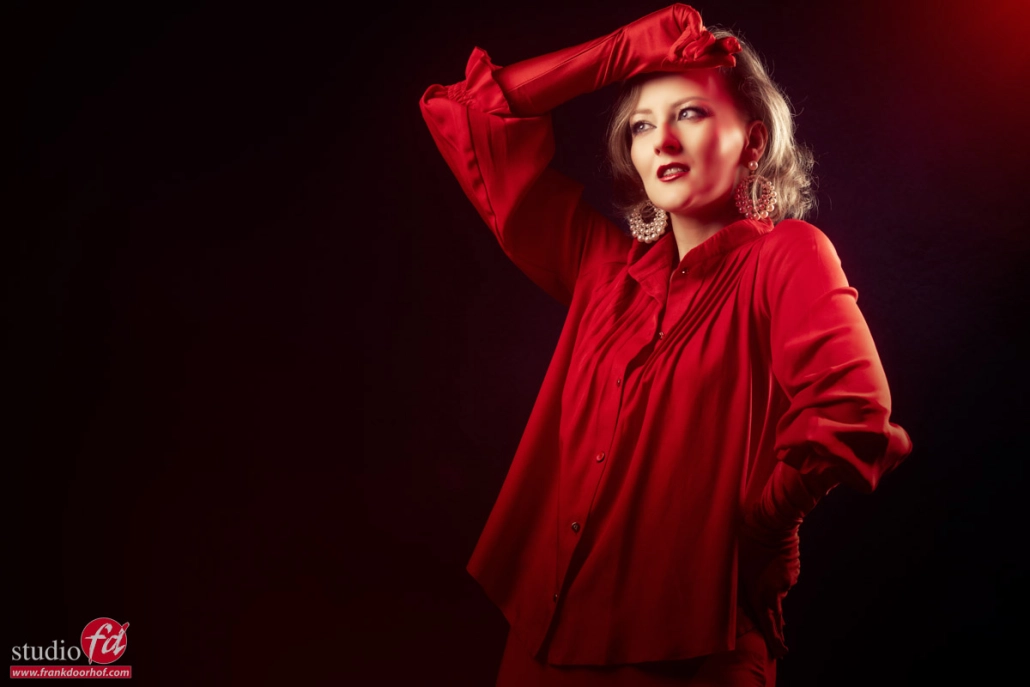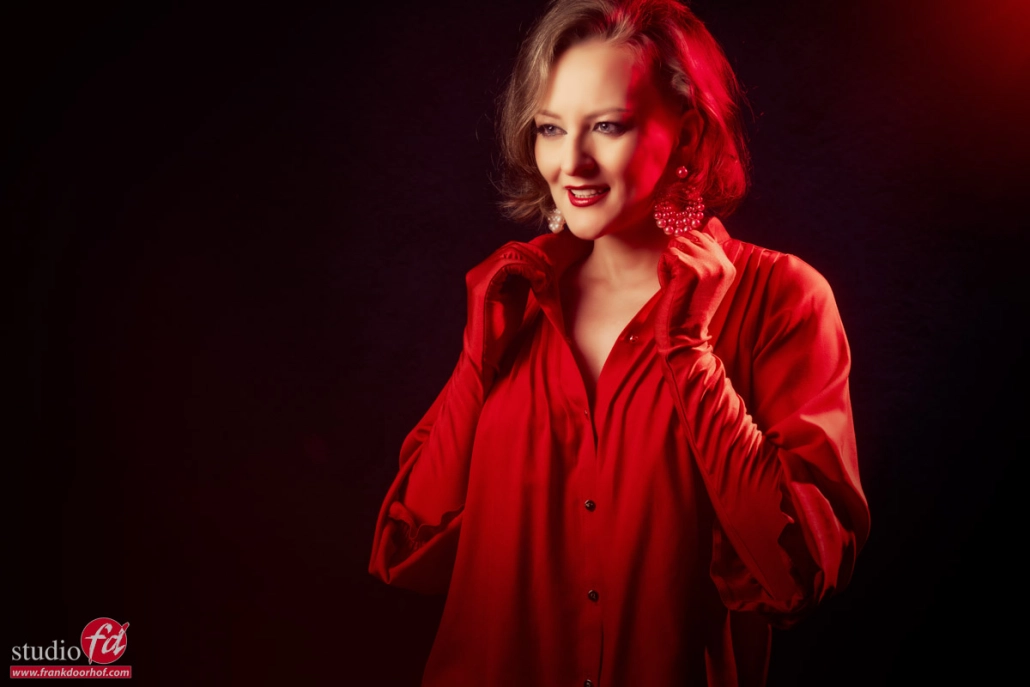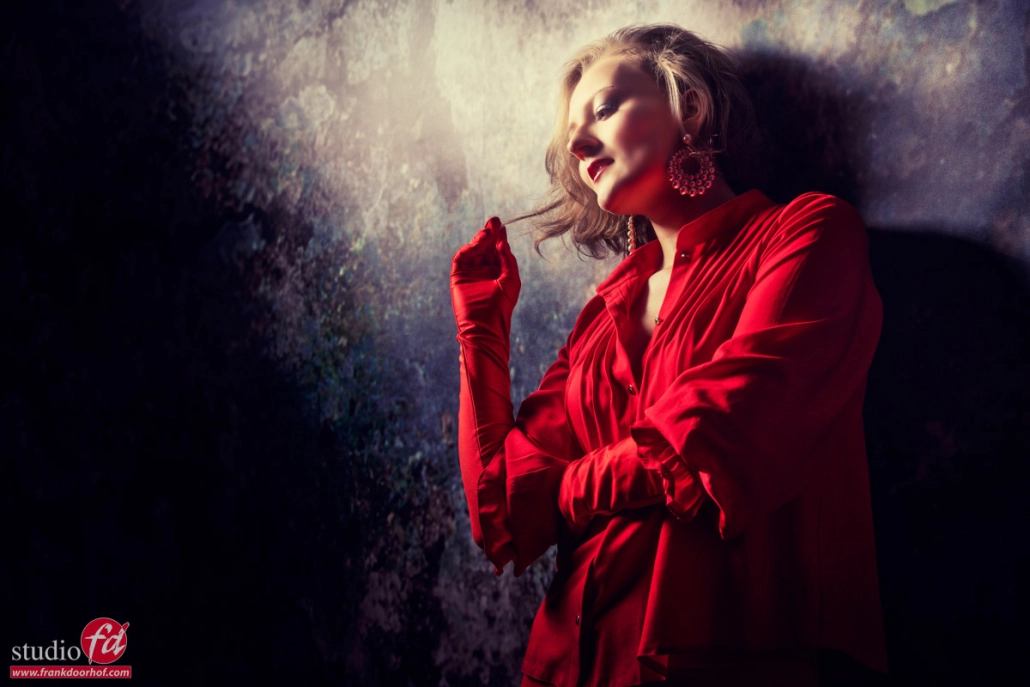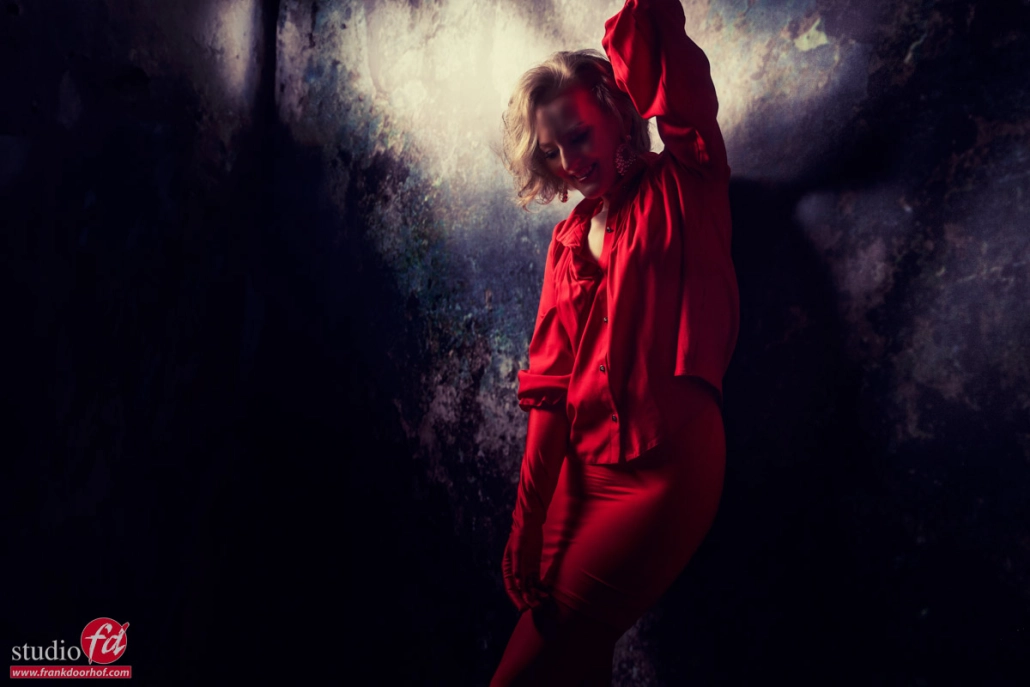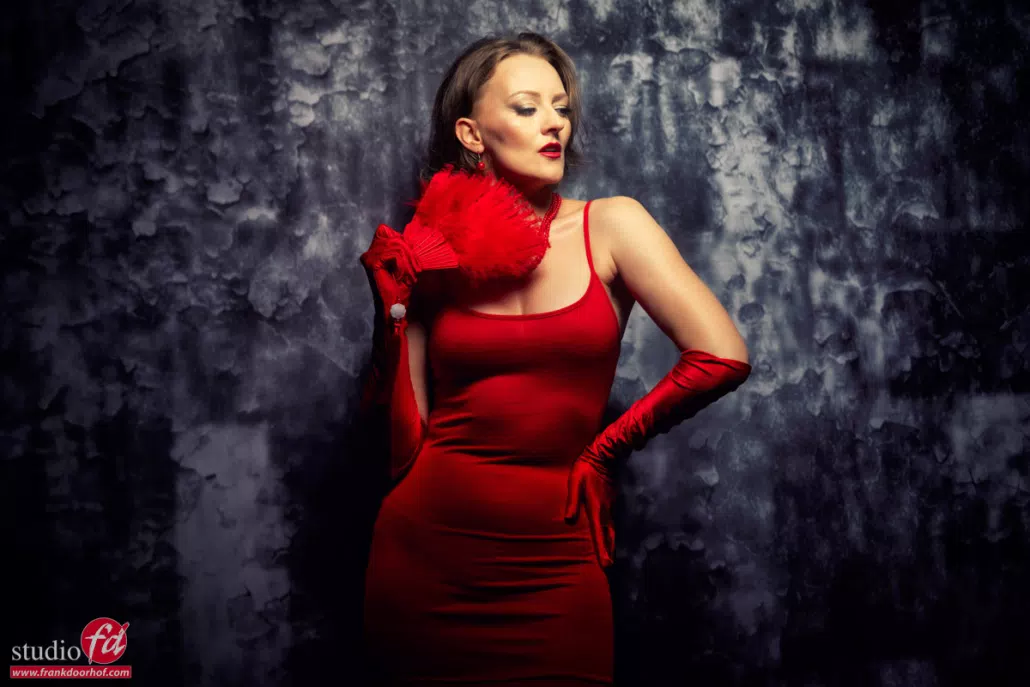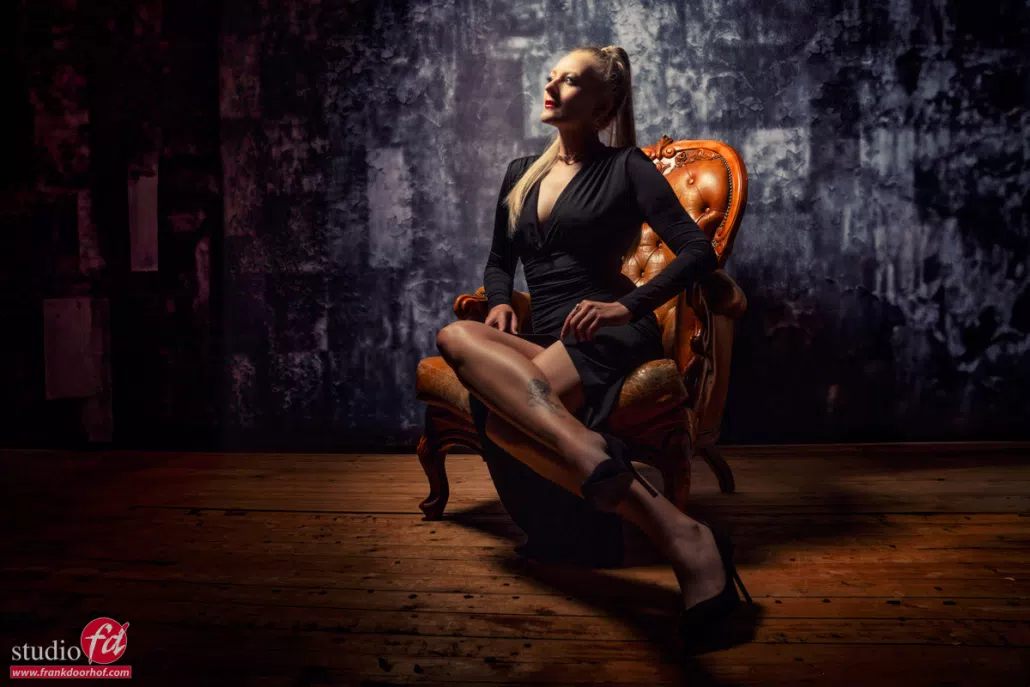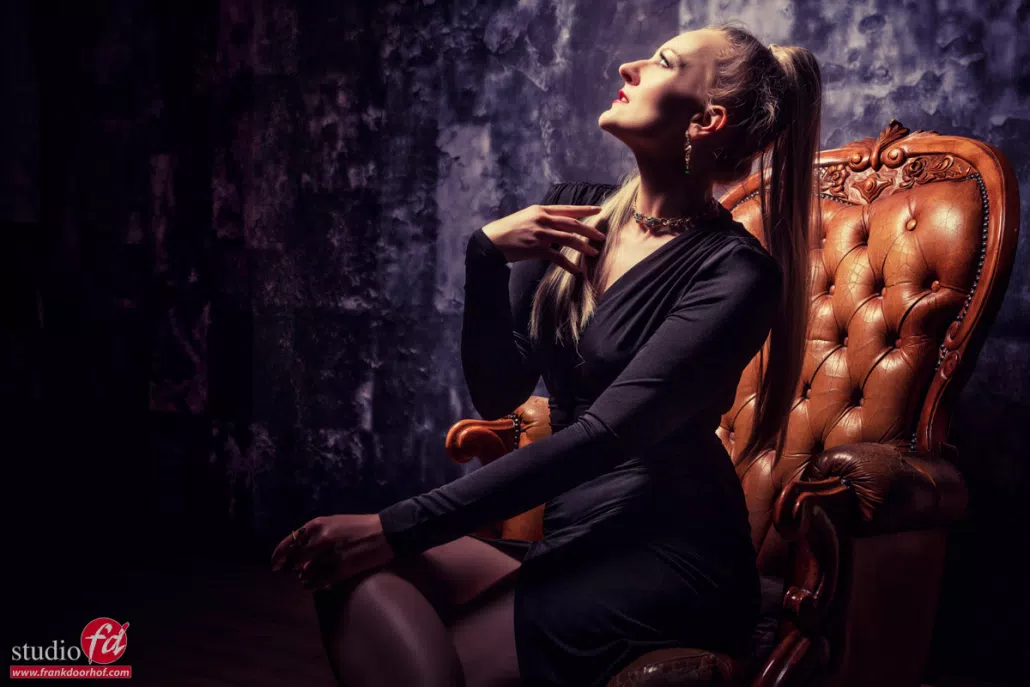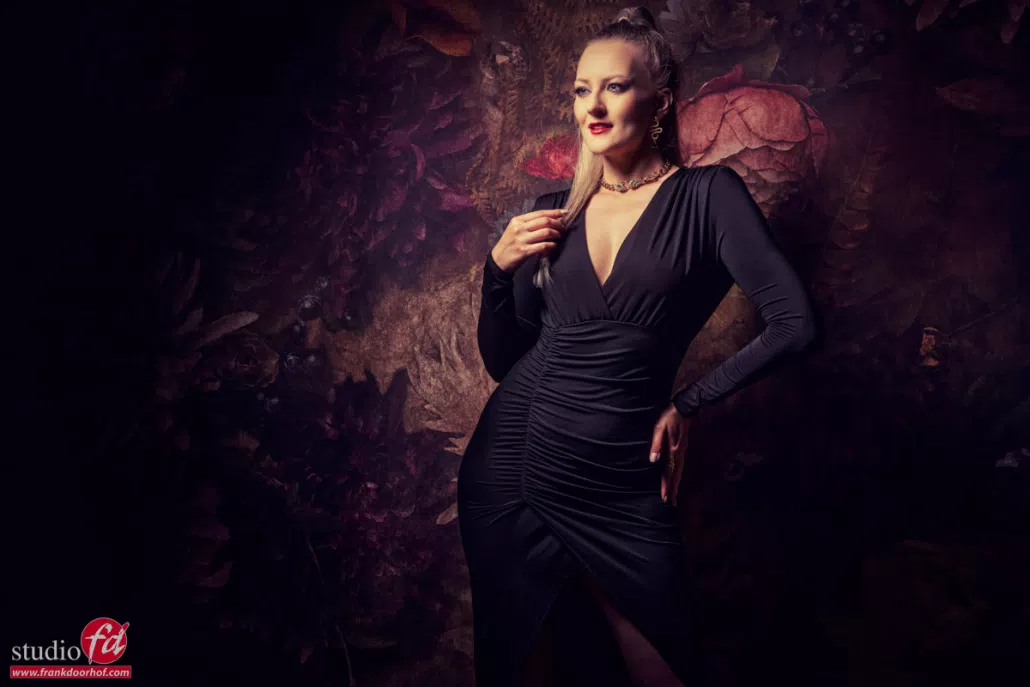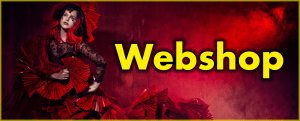Building a cool set with clickbackdrops in your own studio or living room
A background helps the story
When I started out with model photography studio work was… well studio work.
It was mostly seamless paper and some nice fabrics or canvas backgrounds.
For me personally I love working this way, but I have to be honest my heart always beat faster when I find a cool location to shoot.
So why not bring locations to your studio?
As you probably know we use ClickBackDrops in our studio, we actually started with my own signature series and ended up being the distributor for the Netherlands.
Of course you can just use the backgrounds as… well backgrounds.
And although that already looks great, you can do so much more.
I already showed you guys some of the shots we took during the clicklive event in the UK where we build a complete set with 3 backgrounds and a floor part.

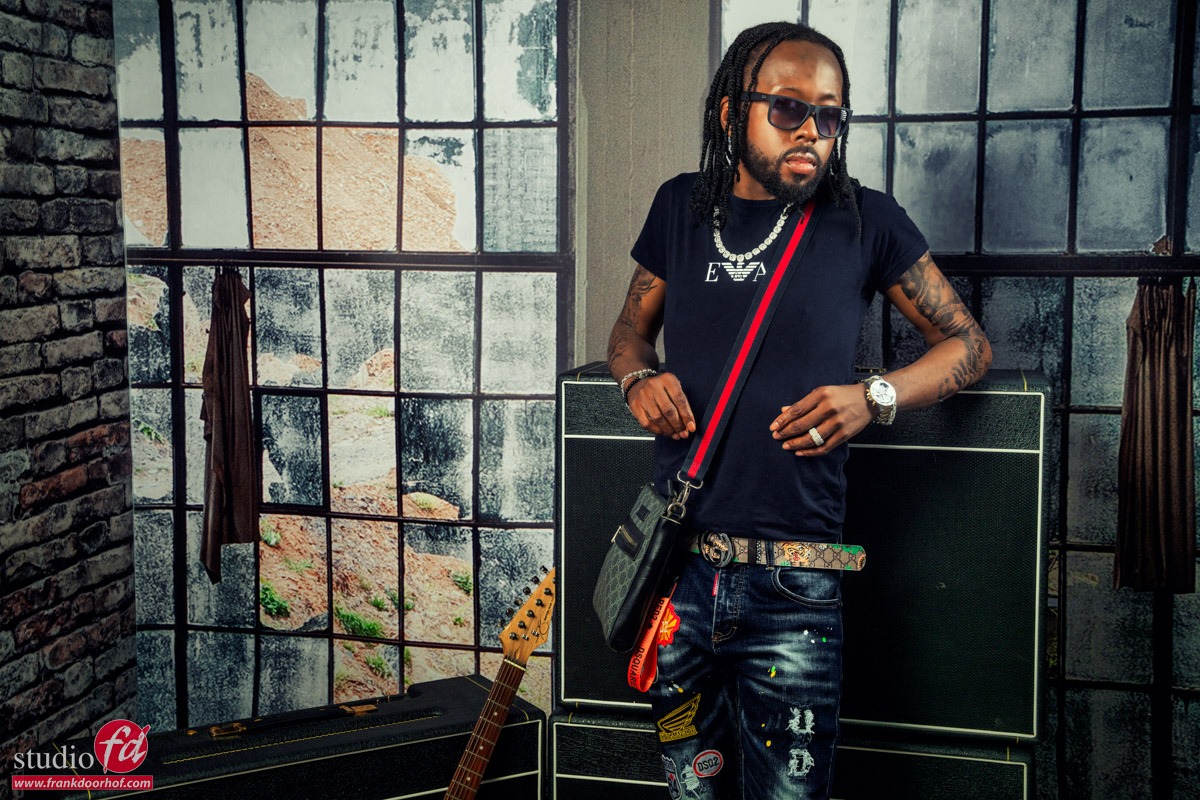

So I thought let’s create something in our studio again
During a recent workshop with Claudia I used two backgrounds and a floor part to create a quick set.
At the moment I was calibrating a projector for a customer that came into a huge flight case so that was the perfect prop to create something cool.
When Claudia entered the set I immediately got some huge Freddie Mercury and David Bowie vibes so I tried to get a little bit of that “rock/70’s” style into the shot.
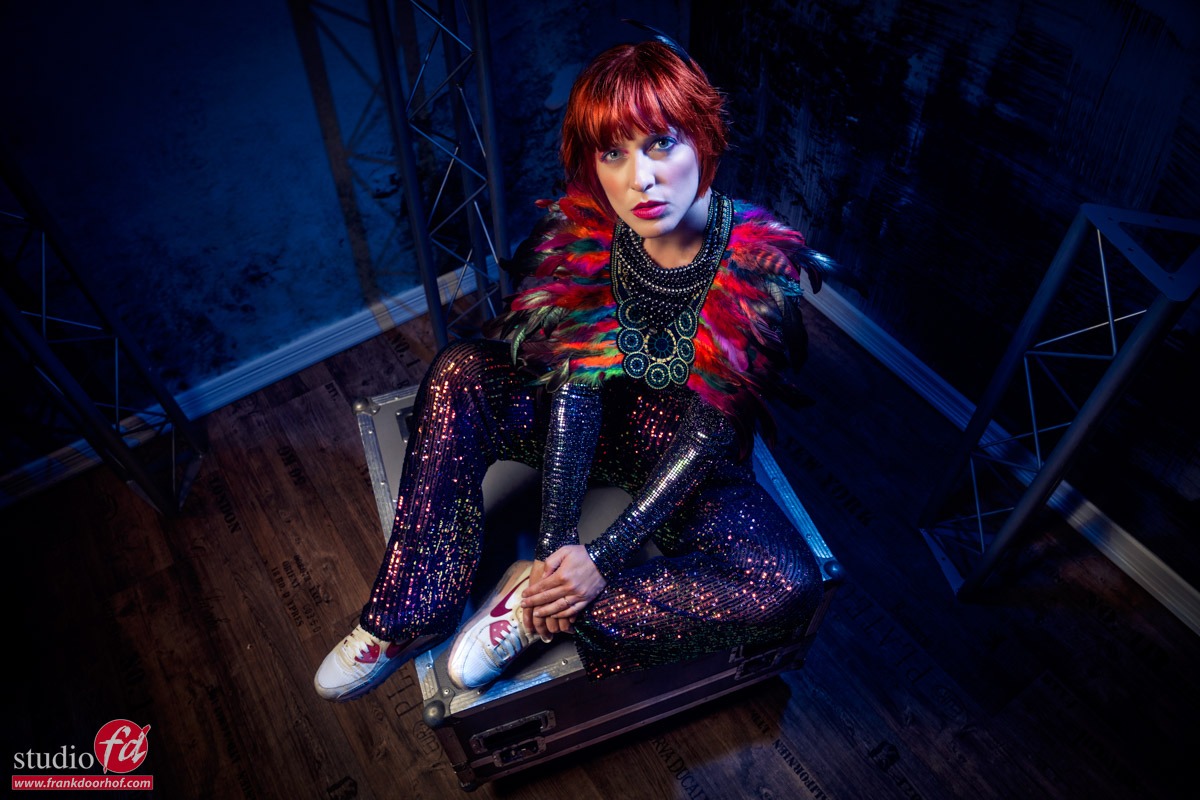
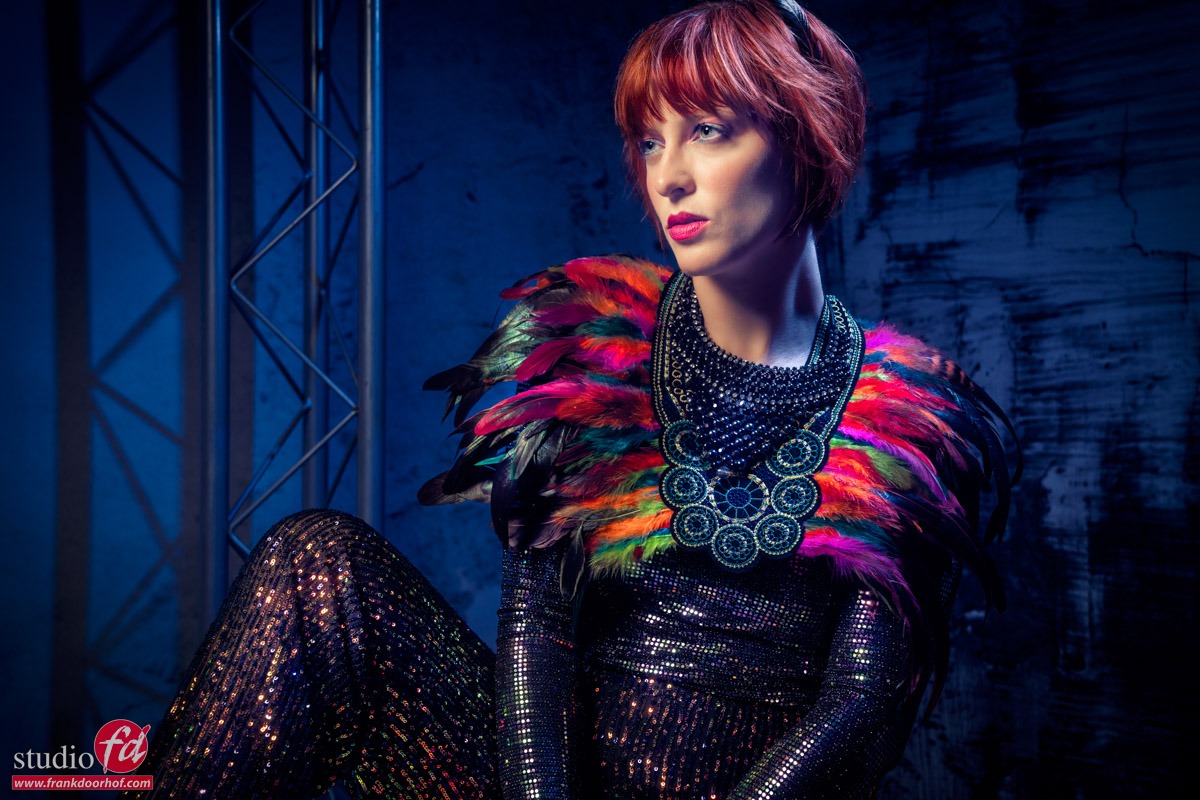
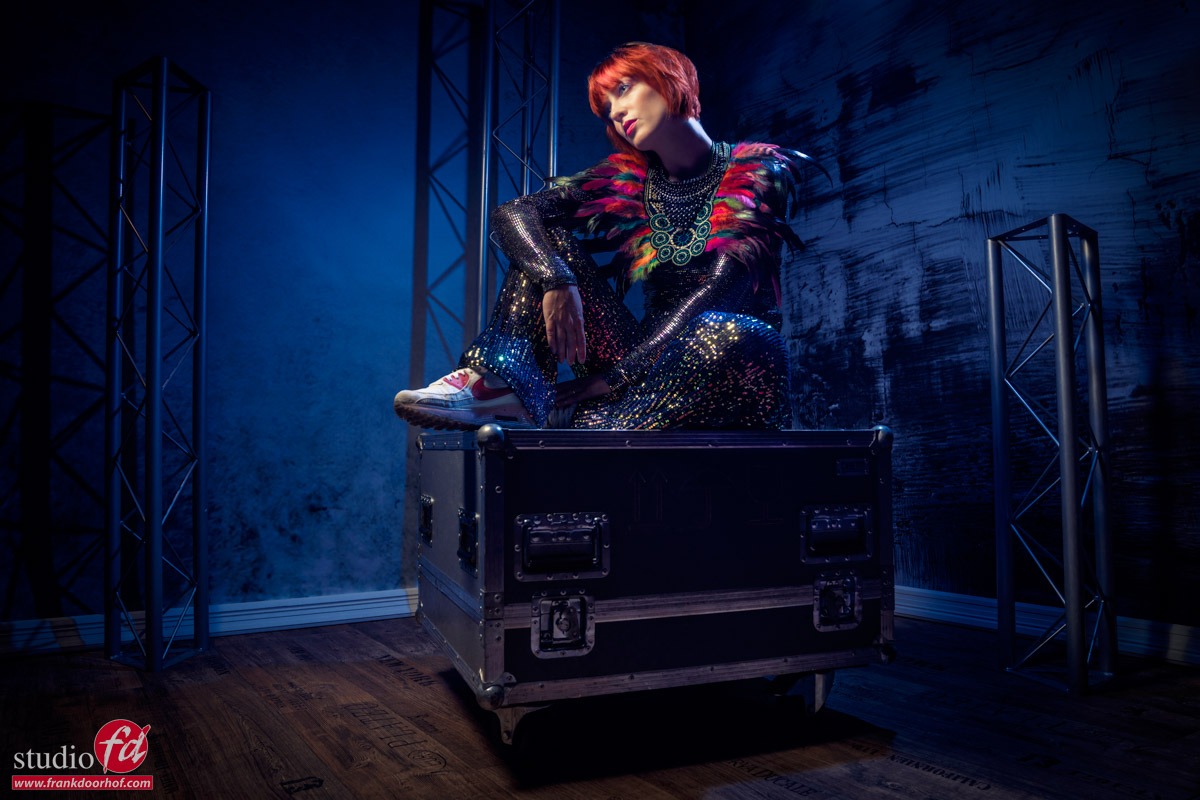
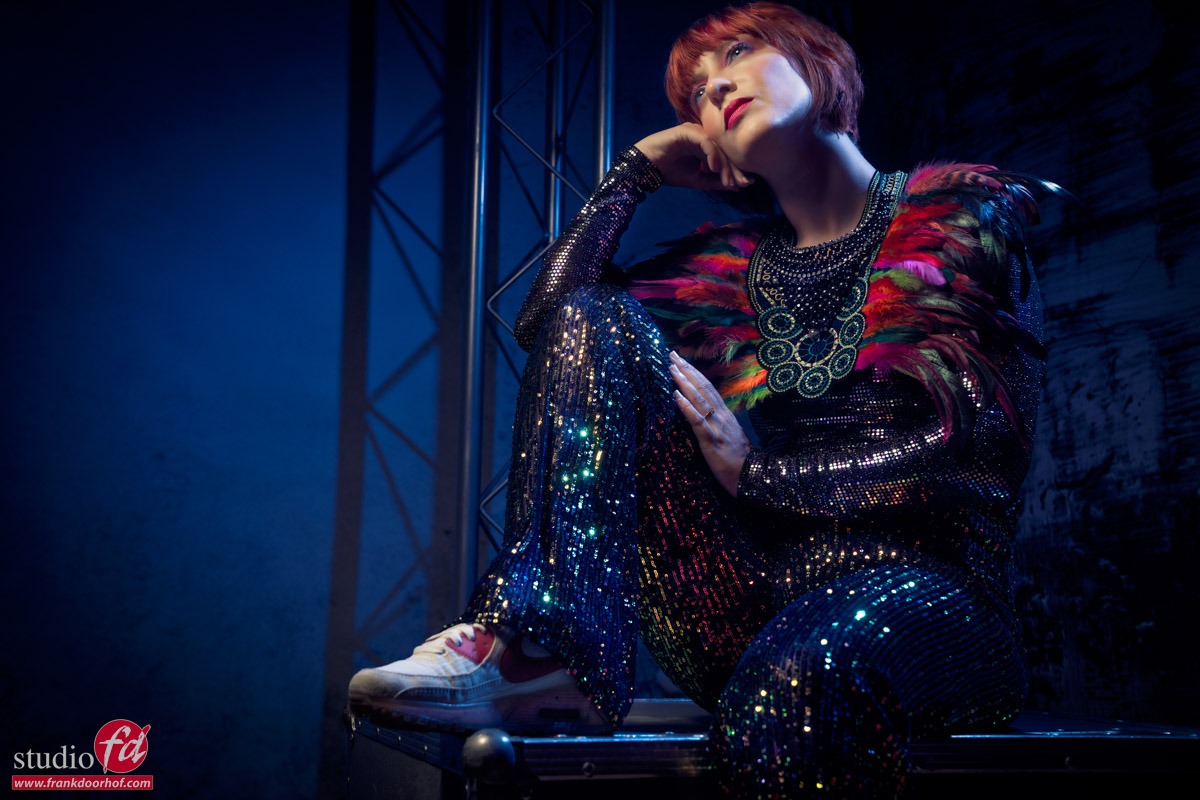

As you can see it’s super easy to use two backgrounds and a floor part to create a small set.
Add some props and you’re ready for the shoot.
Now as you can see these backgrounds are not really meant to be shot together, but they still work very nicely I think.
Want to visit one of our workshops?
They are in Dutch, but if you book a few weeks in advance we can switch them to English.
Visit fotografie-workshops.nl for more info and booking your workshop.
Want to buy the gear I use?
Visit frankdoorhof.com/shop
